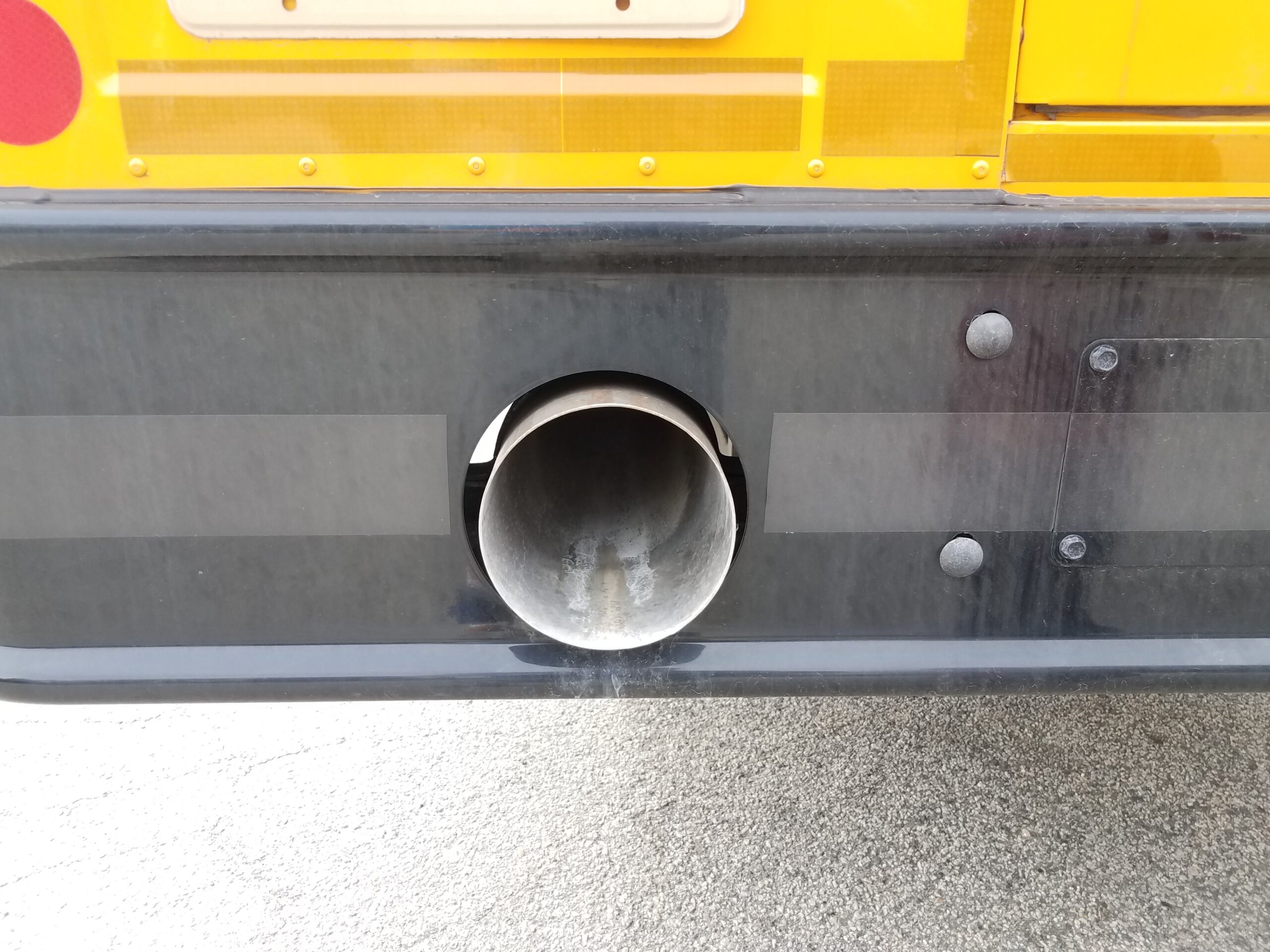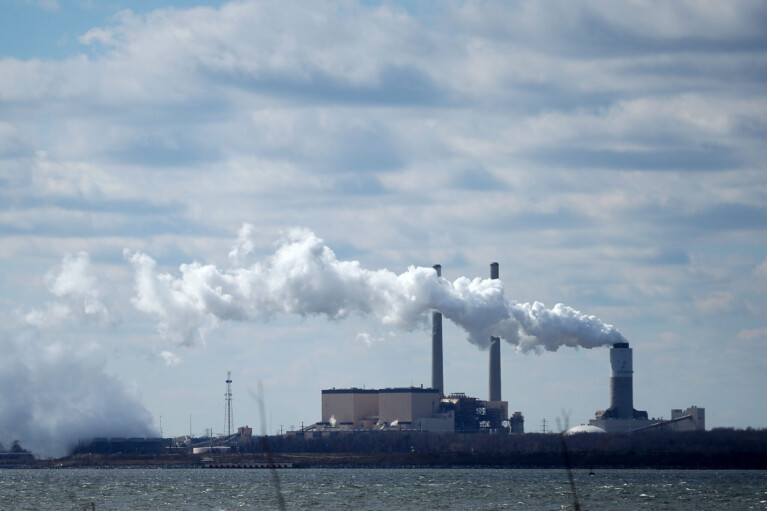
By Ramón Palencia-Calvo
The writer is the deputy director of the Maryland League of Conservation Voters and the Director of Chispa Maryland, a program dedicated to advancing the advocacy efforts of Latino communities in Maryland for a healthier environment.
Every day, more than 650,000 children in Maryland ride to school on a school bus powered by diesel fuel. Approximately one in 10 of these children suffer from asthma — a leading cause of school absenteeism — and this asthma rate is higher among minority groups.
Studies have shown that a child riding inside of a diesel school bus may be exposed to as much as 15 times the level of toxic diesel exhaust as someone riding in a car. Diesel emissions are filled with carcinogens, particulate matter, and soot that increases lifetime risk of cancer, incidence of asthma, and heart disease. These effects are even more dangerous to children, whose lungs, heart, and other organs are still developing.
Fortunately, help may be on the way for these young school bus riders and for our air quality in general — but only if Maryland’s school districts and utilities can fully get on board to transition from dirty diesel buses to clean electric school buses.
Several Maryland jurisdictions are already making the switch to cleaner, healthier school buses. Montgomery County Public Schools got national attention in 2021 when it said it would replace 326 diesel school buses with electric school buses by 2025 and have an entirely electric school bus fleet in 10 years. Several other school districts have pilot programs, including Frederick County, Howard County, and Prince George’s County, which plans to fully transition diesel school buses to electric by 2040.
Electrified school buses (and trucks and cars, for that matter) will not only protect the health of Marylanders. They are also a core requirement for Maryland to meet its greenhouse gas reduction goals in coming years. The Climate Solutions Now Act, enacted by the Maryland General Assembly in 2022, puts Maryland on course to reduce greenhouse gas emissions by 60% by 2031 (relative to 2006 levels). School buses, of which there are approximately 7,200 in the state, can have a significant influence on progress toward this goal. And the transition to electric school buses nationwide is also an important component of the federal government’s mandate to reduce climate-altering emissions.
To reduce harmful emissions and protect school children across the state, however, we now need even more Maryland school districts to commit to transitioning their school bus fleets. There is an increasing array of state and federal programs to help them.
On the state level, the Utilities Electric School Bus Pilot Program was passed by the General Assembly last year and will provide up to $200 million in funding for school districts. Local utilities are an essential part of the pilot program because they must partner with school districts. To date, however, only one utility, Baltimore Gas and Electric (BGE), has filed the necessary proposal with the Public Service Commision. We need to encourage other utilities to file their proposals and also need to ensure the program prioritizes low-income communities and communities of color.
The U.S. Environmental Protection Agency is also making federal funding available to school districts through its Clean School Bus Program. In 2022, eight school districts across Maryland submitted applications to this program, although only the Baltimore City Public School system was funded. More EPA funding is expected soon. The Maryland General Assembly, Department of the Environment (MDE) and utilities should support school districts that request funding by providing technical assistance on infrastructure planning and technology deployment, and access to funding, among other things.
A bill working its way through the 2023 Maryland General Assembly could help: the Zero-Emission Truck Act would require MDE to adopt California’s Advanced Clean Truck Rule by the end of 2023. The rule, which the Moore administration has embraced, requires vehicle manufacturers to sell an increasing annual percentage of zero-emission trucks and school buses beginning in model year 2027.
The pieces are starting to fall into place to make electric school buses a reality across the state, but three things are urgently needed. First, all of Maryland’s utilities must commit to participating in the new pilot program. Second, all of Maryland’s school districts must commit to transitioning their fleets to zero-emission, electric school buses, and take full advantage of all funding opportunities available to them. And third, at every turn, our General Assembly and state agencies must support school districts in their efforts.
Maryland’s school kids deserve to breathe clean air, and so do the rest of us who live along the more than 128 million miles of school bus routes that crisscross our communities. Let’s all get on the electric school bus!




 Creative Commons Attribution
Creative Commons Attribution